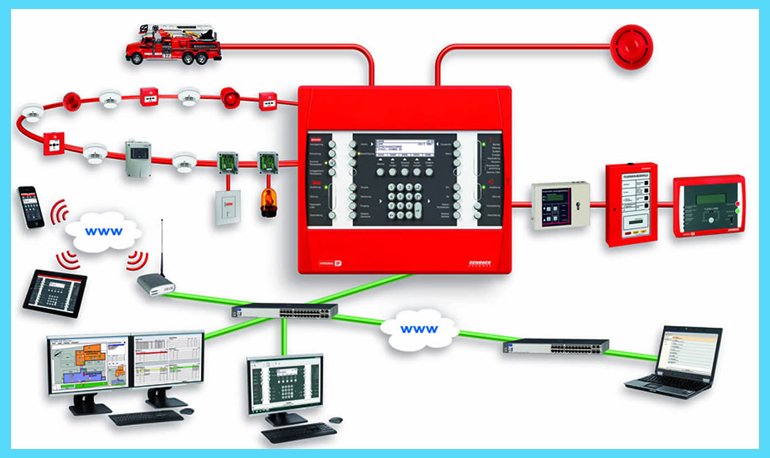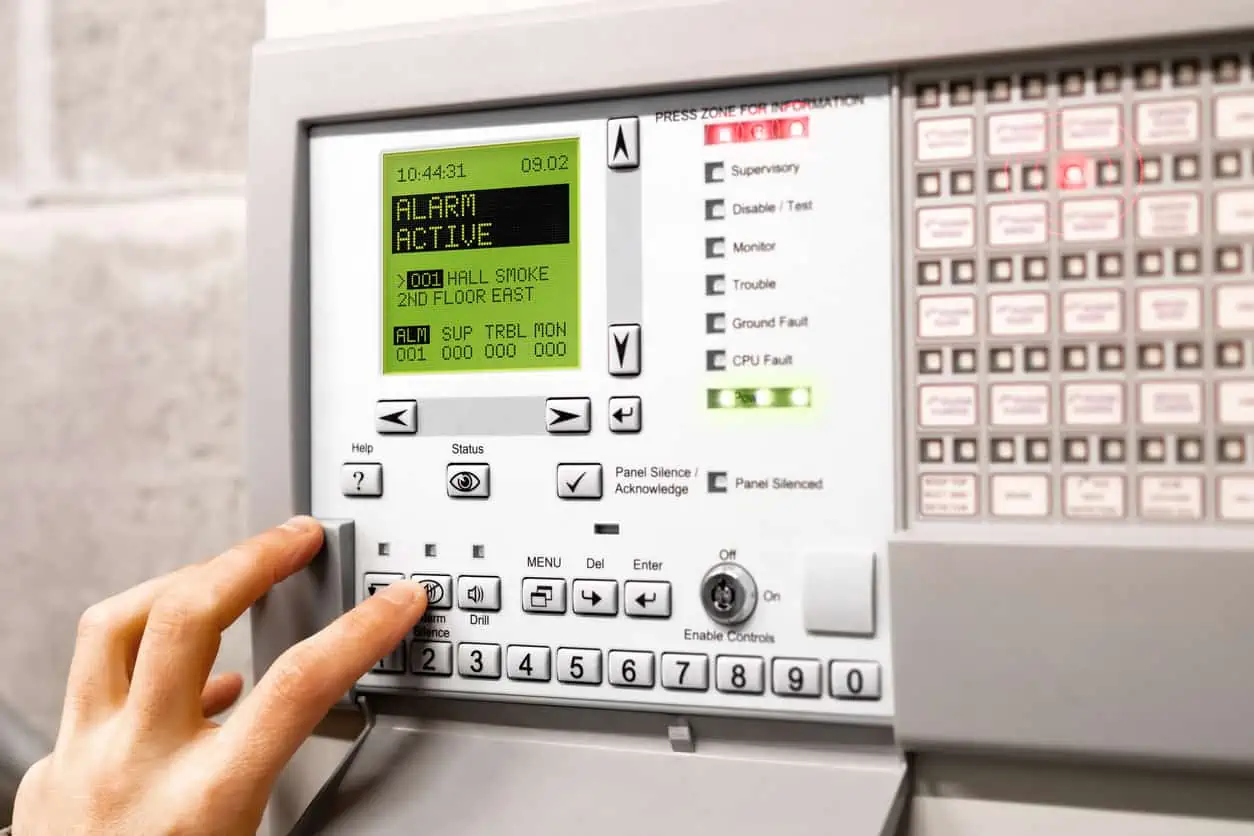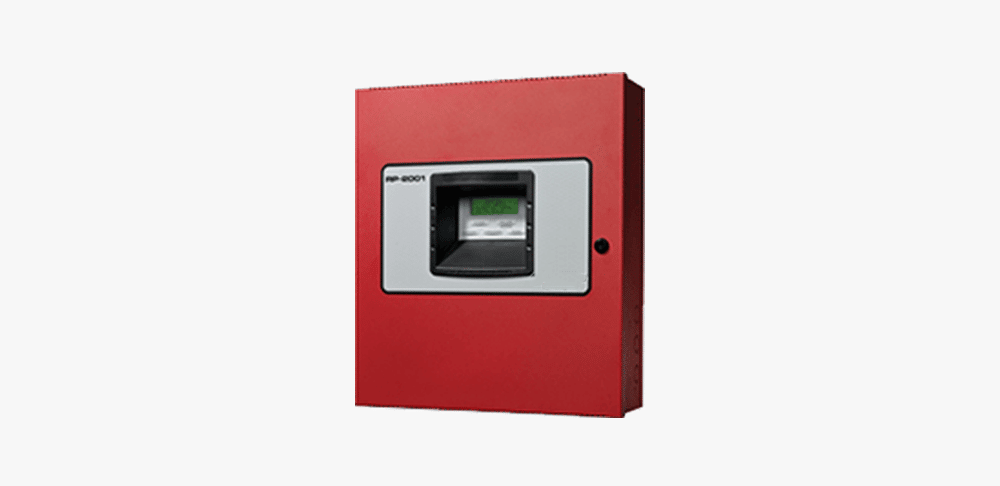A Fire Alarm Control Panel (FACP) is the central component of a fire alarm system, acting as the system’s brain. It monitors various input devices like smoke detectors, heat detectors, and manual pull stations, ensuring that any sign of fire or smoke is detected and communicated effectively. When an alarm is triggered, the FACP processes the information and activates the output devices, including audible alarms, visual alarms, and emergency communication systems, to alert building occupants and authorities.
The Role of the Fire Alarm Control Panel in Fire Safety
The Fire Alarm Control Panel is crucial in maintaining the safety of a building and its occupants. It continuously monitors the status of the entire fire alarm system, ensuring that every component is functioning correctly. In case of any malfunction, such as a disconnected wire or a fault in a detector, the FACP alerts the maintenance team to fix the issue promptly. This real-time monitoring ensures that the system is always ready to respond to a fire emergency.
How Does a Fire Alarm Control Panel Work?
When a fire or smoke is detected, the sensor sends a signal to the Fire Alarm Control Panel. The FACP then evaluates the signal to determine the nature and location of the threat. If the threat is confirmed, the panel triggers the appropriate response, which may include sounding alarms, sending notifications to a central monitoring station, and activating fire suppression systems. The FACP also logs the event for future reference and analysis.
Key Features of a Fire Alarm Control Panel
1. User Interface:
- The control panel features an intuitive user interface with a display screen and control buttons. This interface allows authorized personnel to monitor system status, acknowledge alarms, and reset the system after an incident.
- The display provides real-time information about the system’s status, including any active alarms, faults, or maintenance alerts, making it easy to manage and respond to situations.
2. Zoning Capabilities:
- Fire alarm control panels are designed to divide a building into different zones. This zoning capability helps in pinpointing the exact location of an alarm within the building, thereby facilitating a faster and more accurate emergency response.
3. Alarm Notifications:
- The control panel is equipped to trigger various alarm notifications, including visual signals (strobe lights), audible signals (sirens), and communication alerts (text messages or emails). These notifications ensure that everyone in the building is aware of the potential fire threat and can evacuate safely.
4. Fault Indicators:
- A crucial feature of the control panel is its ability to detect and report system faults. This includes issues like wiring problems, battery failures, or device malfunctions. Fault indicators help in maintaining the system’s reliability by ensuring that any issues are promptly addressed.
5. Remote Monitoring and Control:
- Many modern fire alarm control panels offer remote monitoring and control capabilities. This feature allows building managers or fire safety personnel to monitor the system from a remote location, enhancing convenience and response times.
6. Battery Backup:
- To ensure continuous operation during a power outage, fire alarm control panels are equipped with a battery backup. This feature guarantees that the system remains functional even when the main power supply is compromised.
7. Event Log:
- The control panel maintains an event log that records all system activities, including alarms, faults, and manual interventions. This log is essential for post-incident analysis, maintenance checks, and ensuring compliance with fire safety regulations.
8. Expandable Modules:
- Many control panels are designed with expansion in mind, allowing for additional modules to be added as needed. This makes it possible to upgrade or scale the system as the building’s fire safety needs evolve.
9. Integration with Other Systems:
- Advanced fire alarm control panels can be integrated with other building management systems, such as HVAC, security, and emergency lighting. This integration ensures a coordinated response during emergencies, enhancing overall safety.
Which Type of Panel Should I Choose?
When choosing a fire alarm control panel, the decision should be based on the specific needs of your building. Factors like the size of the building, the complexity of the layout, and the level of detail required in monitoring all play a role in selecting the right panel. Whether you opt for a conventional, addressable, intelligent, hybrid, or wireless control panel, each offers unique features tailored to different environments. Blaze Fire Protection can help you evaluate these options, ensuring that your fire alarm system is not only compliant with regulations but also perfectly suited to your property’s safety requirements.
Types of Fire Alarm Control Panels
Conventional Fire Alarm Control Panels: These panels divide the building into multiple zones, each monitored by a specific circuit. When an alarm is triggered, the FACP identifies the zone but not the exact device. These systems are ideal for smaller buildings with straightforward layouts.
Addressable Fire Alarm Control Panels: These advanced panels can pinpoint the exact location of the triggered device, providing more precise information. Each device has a unique address, allowing the FACP to identify the specific detector or alarm that has been activated. Addressable panels are ideal for larger, more complex buildings.
Intelligent Fire Alarm Control Panels: These panels offer sophisticated algorithms and diagnostics, enabling the system to differentiate between actual fire threats and false alarms. Intelligent panels can also be integrated with other building systems, such as HVAC and security, for comprehensive safety management.
- Hybrid Fire Alarm Systems: Hybrid fire alarm systems combine the strengths of both wired and wireless systems, offering a versatile solution for varied building types and evolving needs. They integrate wired and wireless devices seamlessly, providing scalability and adaptability for large campuses, phased expansions, and sites with both modern and historic structures.
The Importance of Regular Maintenance
Regular maintenance of the Fire Alarm Control Panel is essential to ensure that it functions correctly. This includes routine inspections, testing, and cleaning of the panel and connected devices. Any faults or issues detected during maintenance should be addressed immediately to prevent potential failures during an emergency.
Conclusion
The Fire Alarm Control Panel is an indispensable part of any fire alarm system, providing the necessary coordination and control to detect and respond to fire threats. By understanding the different types of panels and their roles, you can ensure that your building’s fire safety system is robust, reliable, and ready to protect lives and property in an emergency.
Ensure Your Building's Safety with Blaze Fire Protection
Learn more about how Blaze Fire Protection can help you select, install, and maintain a top-quality Fire Alarm Control Panel tailored to your building’s needs. Contact us today for a consultation.






